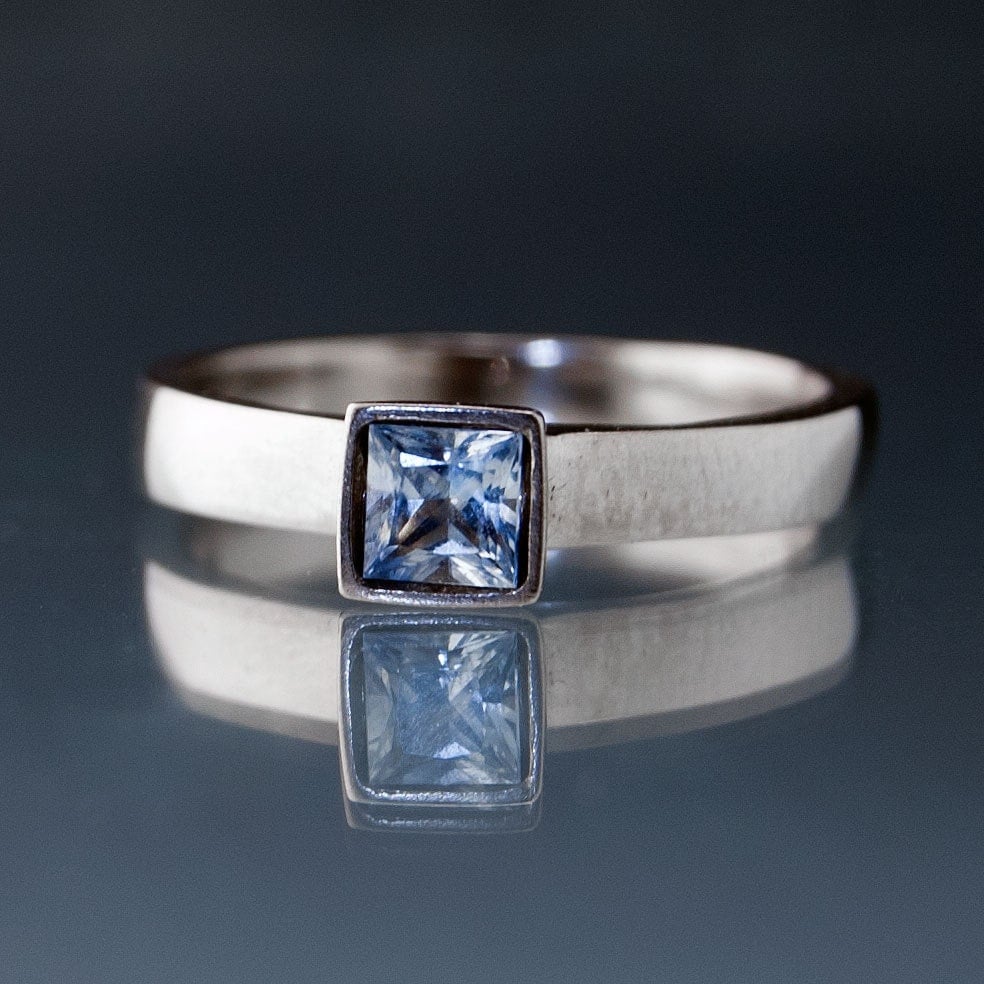

As a result they can command a much higher price. And are much more desirable than treated stones. Naturally vibrant sapphires that do not require any heat treatment are rare. More commonly, sapphires are treated with heat in a lab to enhance their colour. Some sapphires, found close to thermal vents in the earth crust, have highly saturated colours. However, deep cobalt coloured stones create an amazing contrast against darker skin-tones. The classic royal blue sapphire will ‘pop’ against olive skin. Sapphires with pastel undertones will compliment lighter skin-tones. There is a sapphire for every type of skin. As a result, it is extremely rare to find a natural sapphire without inclusions. There is no standardised grading system for coloured gemstones. Regardless of the shape of your stone the colour should look even, with a consistent sparkle. As it is harder to see unwanted inclusions in the coloured stone. The cut of a sapphire is not as important as the cut of a diamond. These would be grey, green or black, which could make the stone look haze or change it’s hue. A perfect sapphire will be a cornflower blue without any muting colours. One of the most important factors in the quality of a blue sapphire is the richness of its colour. The blue sapphires being the rarest and most valuable. So if you are looking for a durable centre or accent stone, this may be the precious stone for you. They have a hardness of 9 on the Mohs scale making them just one behind a diamond. They are a natural choice for your, ‘something blue’. Sapphires have been one of the most popular precious gem stones used in engagement rings for centuries. So whether you opt for a sapphire centre stone or a ring with sapphire accents it is definitely a gem worth getting to know. Others are rubies, emeralds and diamonds.

As a result, they are considered one of the, ‘big four,’ of precious jewels.


Sapphire engagement rings are a popular option for Irish brides.


 0 kommentar(er)
0 kommentar(er)
